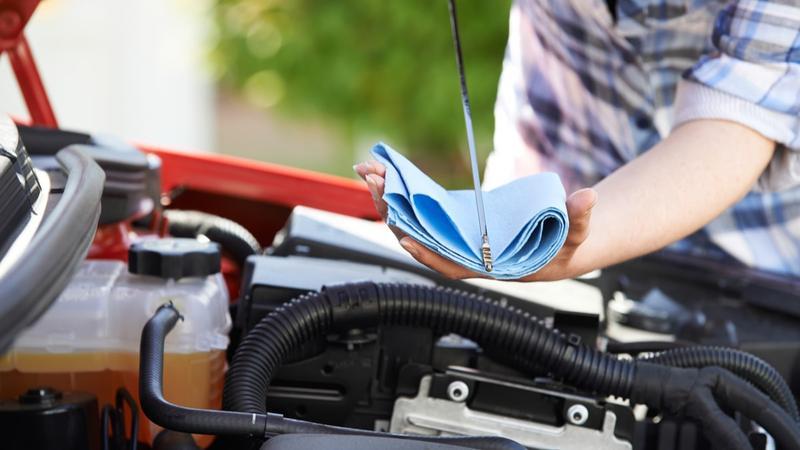How to Perform Basic Car Checks: Ensuring Your Vehicle's Health 2024
2024-02-24

Performing basic car checks is essential for ensuring your vehicle's safety, reliability, and longevity. Regular maintenance helps prevent costly repairs and keeps you safe on the road. Here's a guide on how to perform basic car checks:
-
Tyre Pressure: Proper tyre pressure is crucial for fuel efficiency, handling, and tyre longevity. Use a tyre pressure gauge to check the pressure when the tyres are cold (haven't been driven for at least three hours). Refer to the owner's manual or the sticker inside the driver's side door jamb for the recommended pressure. Adjust as needed and don't forget the spare tire.
-
Tire Tread: Worn-out tires compromise traction and increase the risk of accidents, especially in wet or icy conditions. Inspect the tyre tread depth using a tread depth gauge or the penny test. Insert a penny into the tread with Lincoln's head upside down. If you can see the top of Lincoln's head, it's time to replace the tyres.
-
Fluid Levels: Check the levels of essential fluids such as engine oil, transmission fluid, brake fluid, coolant, and windshield washer fluid. Park on a level surface, wait for the engine to cool down, and locate the dipsticks or reservoirs for each fluid. Ensure they are within the recommended levels and top up if necessary. If you notice any significant fluid loss, it may indicate a leak that needs attention.
-
Engine Oil: Engine oil lubricates the engine's moving parts and helps dissipate heat. Check the oil level using the dipstick, making sure the oil is between the minimum and maximum marks. Also, inspect the oil's color and consistency. Milky or gritty oil may indicate engine problems and should be addressed promptly.
-
Battery: A weak or dead battery can leave you stranded, especially in cold weather. Check the battery terminals for corrosion and ensure they are tight and free of debris. Use a battery tester or multimeter to measure the voltage. A healthy battery typically reads around 12.6 volts when the engine is off. If the voltage is significantly lower, consider replacing the battery.
-
Lights: Proper lighting is essential for visibility and safety, especially at night or in adverse weather conditions. Turn on all exterior lights, including headlights, taillights, brake lights, turn signals, and hazard lights. Walk around the vehicle to inspect each light for functionality and replace any burnt-out bulbs.
-
Brakes: Adequate braking performance is critical for safe driving. Listen for any unusual noises when applying the brakes, such as grinding or squealing, which may indicate worn brake pads or other issues. Check the brake fluid level and inspect the brake lines and hoses for signs of leaks or damage
-
Belts and Hoses: Inspect the engine belts and hoses for signs of wear, cracks, or fraying. Squeeze the hoses to check for firmness; they should feel firm but not excessively hard or soft. Replace any belts or hoses showing signs of deterioration to prevent unexpected failures.
Performing these basic car checks regularly—ideally monthly—can help you catch potential problems early, ensuring your vehicle remains safe, reliable, and efficient for years to come. If you're unsure about any aspect of the checks or notice any issues, consult a qualified mechanic for further inspection and repairs.







.jpg)
.jpg)
.jpg)



.jpg)
.jpg)

.jpg)
